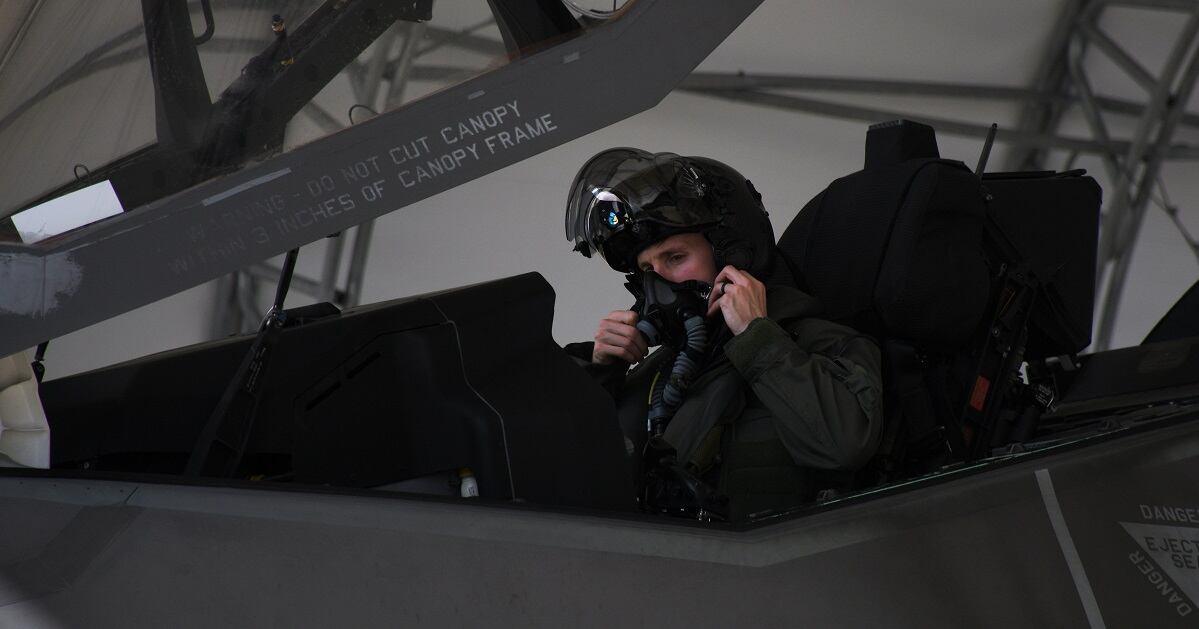Correction: A previous version of this story misstated the circumstances of 1st Lt. David Schmitz’s death. His ejection seat left the aircraft, but he did not detach from the seat before it hit the ground.
Congress is poised to pass legislation that would demand more oversight of military jet ejection seats and pilot breathing systems, hoping to prevent further related accidents and deaths.
The final version of the fiscal 2022 defense policy bill, which passed the House Dec. 8 and awaits a vote in the Senate as soon as this week, would require the Air Force and Navy to report to lawmakers on the state of their ejection seats.
RELATED

Congress wants to know how many seats are installed at each active flying base, and how many have a waiver that clears them for use, despite needing repairs or replacement parts. It also calls for more transparency regarding who signed off on each waiver and when.
Reports are due twice a year starting no later than Feb. 1, 2022.
The provision follows the death of 32-year-old pilot 1st Lt. David Schmitz, who in 2020 was killed in an F-16 accident when his ejection seat malfunctioned during a landing gone awry. Schmitz escaped the plane but hit the ground while still in the seat; he died instantly.
That seat hadn’t been repaired in three years because of a spare parts shortage. Military.com reported in June that the Air Force put off addressing the problem despite knowing it could turn fatal.
The Air Force largely uses Collins Aerospace’s ACES II ejection seats across most of its fighter and bomber fleets. The Navy has another version, the NACES common ejection seat, made by Martin-Baker.
RELATED

Elsewhere in the bill, the House and Senate Armed Services committees are pushing the Pentagon to consider and potentially adopt recommendations from NASA on how to fix the F-35 Joint Strike Fighter’s breathing system, an onboard oxygen-generation system built by Honeywell.
Defense News reported in August that F-35 pilots had reported more than 40 physiological episodes, including hypoxia symptoms, since fiscal 2017. Most of those occurred in the Air Force’s F-35A.
NASA found that the breathing system supplies less oxygen than pilots need, causing “acute and chronic health conditions that have caused impairment for days, weeks, months or longer.”
The space agency suggests the military measure F-35 breathing metrics in flight, look at pilot respiratory capacity before and after flight, consider whether certain policies and procedures may be contributing to the problem and regularly collect more reports from pilots.
Rachel Cohen is the editor of Air Force Times. She joined the publication as its senior reporter in March 2021. Her work has appeared in the Washington Post, the Frederick News-Post (Md.), Air and Space Forces Magazine, Inside Defense, Inside Health Policy and elsewhere.





